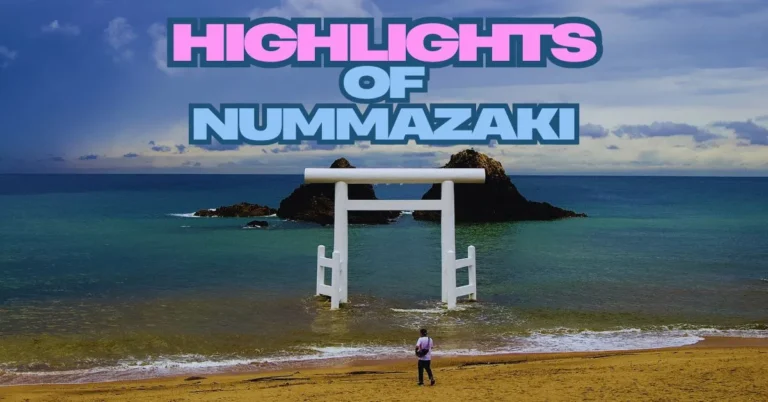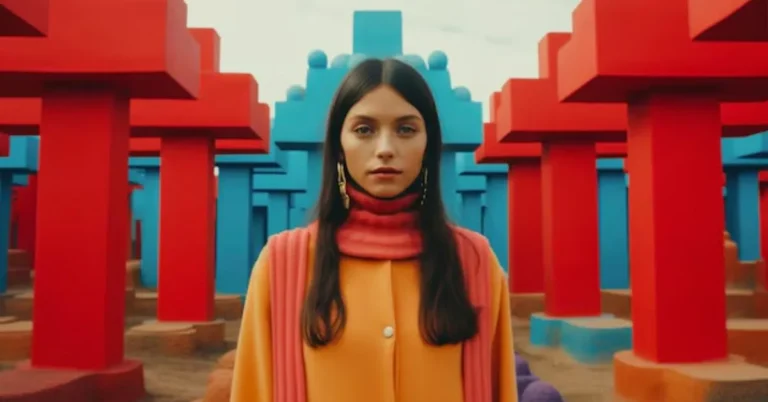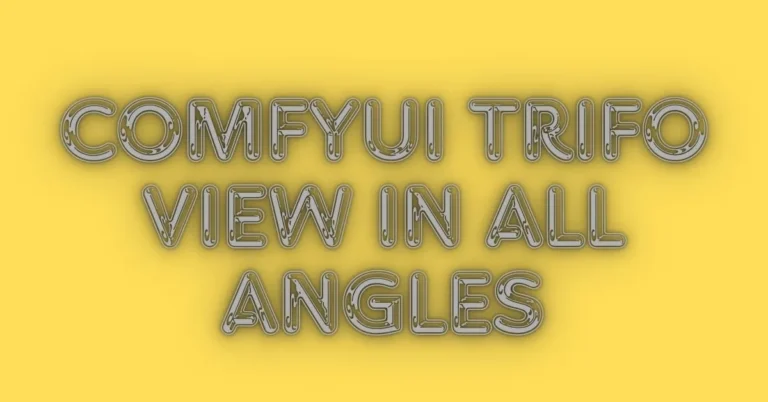Zooskooñ: Exploring the Hidden Connection Between Nature, Culture, and Human Curiosity
In a world overflowing with digital trends and scientific terms, every now and then a mysterious word catches our attention — one that feels ancient yet futuristic, familiar yet unknown. Zooskooñ is one such term. Though not found in mainstream dictionaries, it stirs curiosity among thinkers, nature lovers, and creative minds. It seems to whisper of wildlife, culture, and the deep bond between humans and the natural world. But what does zooskooñ really mean?
In this article, we’ll dive into the essence of zooskooñ — exploring its origins, interpretations, and its connection to ecology, art, culture, and technology. More than just a word, zooskooñ represents an idea: the harmony between living beings, the mystery of nature, and our ongoing quest to understand it.
What Is Zooskooñ, Really?
At first glance, zooskooñ seems to blend two ideas: “zoo” and “skooñ.” The prefix “zoo” instantly brings to mind animals, wildlife, and natural habitats. The mysterious “skooñ” adds a sense of depth and enigma — like something spiritual, cultural, or introspective. Together, they form a word that feels alive with meaning.
If we interpret it symbolically, zooskooñ could represent the invisible thread between humans and animals — a recognition that our lives are intertwined through nature’s balance. It may also signify the emotional and intellectual relationship humans share with the living world: our fascination, our responsibility, and our awe.
Think of it this way: just as words like “zen,” “hygge,” or “ubuntu” carry layered meanings about life and coexistence, zooskooñ could be seen as a philosophy of connection — one that invites reflection on how we perceive and protect nature.
The Cultural Roots of Zooskooñ
Throughout history, humans have looked to animals for wisdom, identity, and survival. Nearly every culture tells stories of animals as sacred messengers or symbols of human emotion.
Ancient Symbolism
- Native American traditions often portray animals as spiritual guides, representing courage, loyalty, or transformation.
- In African folklore, creatures like lions, serpents, and birds are depicted as carriers of ancestral power.
- Asian philosophies — from Chinese dragons to Hindu elephants — see animals as emblems of cosmic balance.
From this cultural mosaic, zooskooñ could be viewed as a modern interpretation of ancient reverence. It’s the acknowledgment that animals are not “others” but mirrors of our existence — each species teaching us about adaptation, patience, and interdependence.
Modern Cultural Relevance
In the modern world, we’ve drifted away from nature, living more in screens than in soil. Yet, the growing popularity of eco-spiritual movements, wildlife art, and sustainable living shows that we’re yearning to reconnect. Zooskooñ, in this sense, becomes a bridge — a reminder that technology and nature don’t have to be enemies.
It represents a new cultural awakening: one that balances human innovation with ecological respect.
Zooskooñ and the Natural World
At its core, zooskooñ is deeply tied to ecology and biodiversity — the living web of plants, animals, and humans sharing one planet.
The Harmony of Ecosystems
In the wild, every species plays a role: predators control populations, pollinators sustain crops, and decomposers recycle nutrients. When one thread breaks, the balance suffers. Zooskooñ reminds us of this fragile interdependence.
Take the example of honeybees — small creatures that pollinate over 75% of global crops. Their decline affects entire food systems. Protecting them isn’t just about saving a species; it’s about preserving our own survival.
This interconnectedness lies at the heart of zooskooñ — understanding that the wellbeing of the planet mirrors our own wellbeing.
Conservation as a Human Responsibility
Today’s conservation efforts echo the spirit of zooskooñ. From wildlife rehabilitation centers to reforestation projects, humans are stepping up to repair the ecological damage caused by centuries of neglect.
Some examples include:
- Reintroduction of endangered species, like the California condor or the Arabian oryx.
- Community-led conservation, where local people protect habitats for both wildlife and their livelihoods.
- Eco-tourism, which supports sustainability while fostering appreciation for the natural world.
Zooskooñ is not about sentimentality — it’s about stewardship. It reminds us that the future depends on how well we care for the present.
The Mystique of Animal Behavior
One of the most fascinating parts of zooskooñ lies in understanding how animals think, feel, and communicate.
The Hidden Intelligence of Wildlife
Researchers have discovered that elephants grieve, dolphins name each other, and octopuses use tools. Crows can plan for the future, while wolves form deep family bonds.
These discoveries challenge the old belief that humans are the only intelligent beings. Zooskooñ celebrates this new understanding — that intelligence comes in many forms, and empathy extends beyond our species.
Lessons from the Wild
If we observe animals closely, we find lessons that apply to our own lives:
- Bees teach teamwork and productivity.
- Wolves remind us of loyalty and social structure.
- Butterflies symbolize transformation and resilience.
- Elephants embody wisdom and memory.
In essence, zooskooñ invites us to learn from nature rather than control it.
Zooskooñ in Art and Expression
Throughout history, art has been one of humanity’s deepest ways of connecting with nature. From cave paintings to modern digital design, animals have always inspired our creativity.
Artistic Representations
Artists see in wildlife a reflection of emotion — freedom, vulnerability, strength. A single painting of a tiger or an eagle can evoke awe, reminding us of the raw power of the natural world.
Modern wildlife photography, sculpture, and installations often highlight endangered species, turning art into activism. Zooskooñ, in this sense, becomes both muse and message: creativity serving conservation.
Literature and the Written Word
Writers, too, have explored the relationship between humans and nature for centuries — from Aesop’s fables to modern environmental literature like Rachel Carson’s Silent Spring.
In fiction and poetry, animals are often metaphors for human emotion:
- The fox for cunning,
- The deer for innocence,
- The raven for mystery.
Zooskooñ, then, represents not just wildlife — but the stories we tell about it, the meanings we create, and the empathy we awaken through imagination.
Technology and the New Face of Zooskooñ
You might be surprised, but technology and zooskooñ aren’t opposites — they’re allies when used wisely.
Virtual Reality and Immersive Learning
Today, virtual reality (VR) allows people to explore jungles, oceans, and savannas without leaving their homes. A child in New York can experience the Serengeti through VR and learn about lions, elephants, and climate change in a vivid, emotional way.This kind of immersion sparks empathy — the emotional connection that leads to action. That’s the modern spirit of zooskooñ: using innovation to protect what’s real.
Data-Driven Conservation
AI and data analytics are revolutionizing wildlife protection. Scientists now use drones and satellite imagery to track animal migrations, prevent poaching, and monitor ecosystems.
For example, AI-powered systems can detect illegal logging in rainforests or identify endangered species by sound patterns. Technology, when aligned with compassion, becomes a force for conservation — a digital embodiment of zooskooñ.
Living the Spirit of Zooskooñ
So, how can we bring zooskooñ into our own lives? Here are some simple, real-world ways to embody this idea:
- Reconnect with Nature – Spend time outdoors. Walk in the park, watch birds, or garden. The more you notice nature, the more you care about it.
- Support Ethical Conservation – Donate to verified wildlife organizations or visit eco-friendly zoos that prioritize animal welfare.
- Learn Continuously – Read about ecology, watch documentaries, or follow conservation scientists. Awareness leads to appreciation.
- Reduce, Reuse, Reconnect – Simple actions like reducing plastic, recycling, or supporting local farmers align you with nature’s flow.
- Create or Share Art – Use your creativity — through writing, photography, or design — to express the beauty and urgency of the natural world.
Living with the mindset of zooskooñ means recognizing that every small choice matters.
Final Thoughts:
At its heart, Zooskooñ is a philosophy of connection — between humans and animals, culture and nature, tradition and innovation. It invites us to slow down, observe, and remember that we’re part of something much larger.
In a fast-moving, digital world, zooskooñ reminds us to stay grounded — to find wisdom in the wilderness and meaning in the natural rhythm of life. It’s not just about animals or ecosystems; it’s about empathy, awareness, and coexistence.
So, take a deep breath. Step outside. Listen to the wind, the birds, the quiet pulse of the world around you — that’s zooskooñ in its purest form.
FAQs About Zooskooñ
- Is Zooskooñ a real word or a concept?
Zooskooñ isn’t an established dictionary term but a conceptual idea — representing the bond between humans, animals, and the environment.
2. What does Zooskooñ mean in practical life?
It means living with awareness, empathy, and respect for nature. Whether through lifestyle choices or creative expression, it’s about finding harmony with the world around you.
3. How is Zooskooñ connected to conservation?
Zooskooñ embodies conservation values — protecting biodiversity, supporting sustainable ecosystems, and promoting environmental education.
4. Can technology be part of Zooskooñ?
Absolutely. When used ethically, technology like AI and VR enhances education, conservation, and empathy for wildlife.
5. How can I embrace the spirit of Zooskooñ daily?
Spend time in nature, make sustainable choices, and share awareness with others. Every mindful action contributes to a more balanced world.







